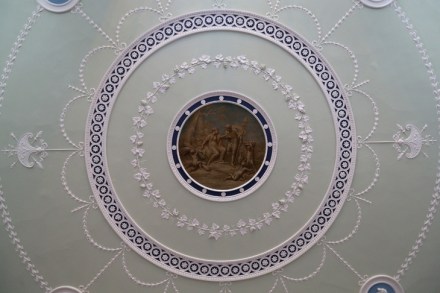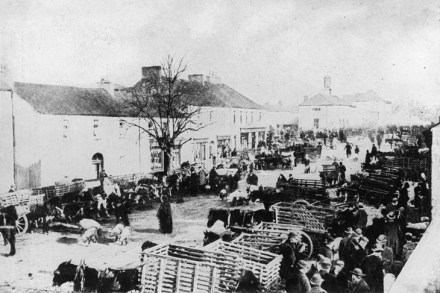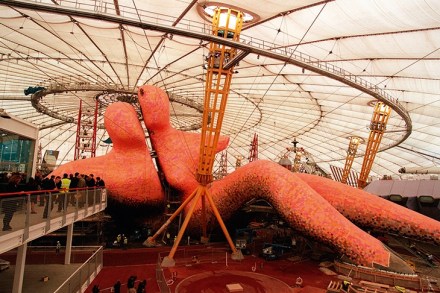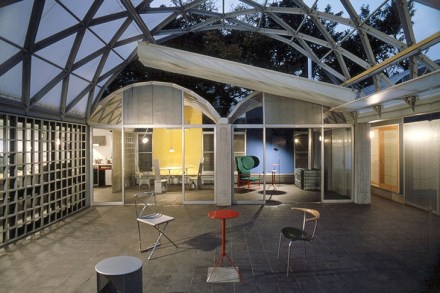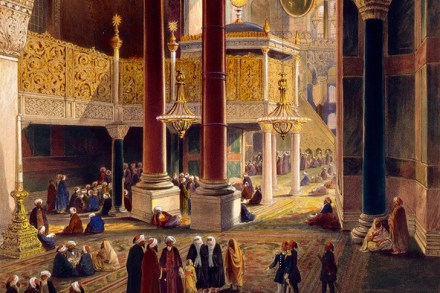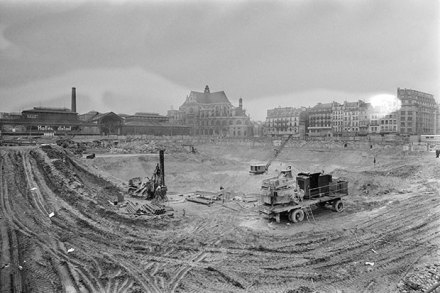Cathedral of creation
Sometimes, it pays to rediscover what’s already under your nose. I’ve been umpteen times to the Natural History Museum but I don’t think I’ve ever seen it properly, not even at the evening parties I’ve been to under Dippy-the-Dinosaur, until now. I visited the new and refurbished Hintze Hall and it was a revelation. The thing that strikes most visitors is that there isn’t a dinosaur any more — Dippy is on tour — and he’s been replaced by Hope, who is a) a blue whale, b) female and c) genuine (the dinosaur was fake). Swings and roundabouts. We have lost a dinosaur, but we’ve gained an entirely new perspective



